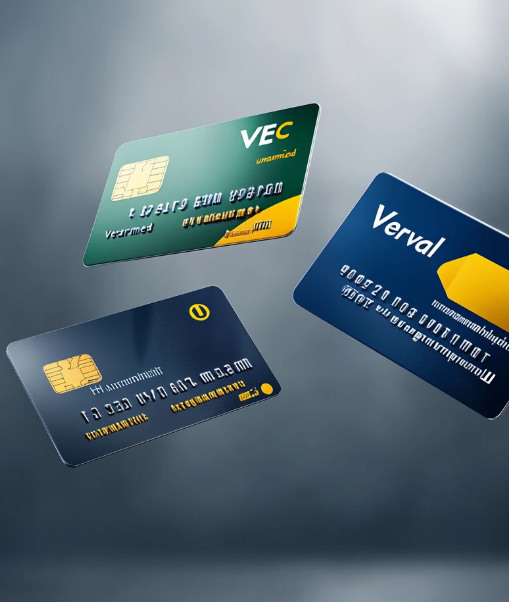Blockchain technology has been one of the most revolutionary innovations of the last decade, reshaping the way we think about everything from money to the very fabric of the internet. Despite its growing impact, many still struggle to grasp what blockchain is and how it works. If you’ve been wondering about blockchain, you’ve come to the right place. This guide will break it down in simple, easy-to-understand terms.
What is Blockchain?
To understand blockchain, imagine a digital ledger or notebook where all transactions are recorded. Unlike a typical ledger, this one is not controlled by a single entity. Instead, it is shared and accessible by many people at the same time. Once an entry is made in this ledger, it cannot be changed or deleted.
Each entry or set of transactions is stored in a “block,” and as more blocks are filled, they are linked together to form a chain—hence the name “blockchain.” This decentralized and immutable structure removes the need for a central authority, like a bank, to oversee transactions. The entire network helps ensure the security and accuracy of the data.
How Does Blockchain Work?
Here’s a simple breakdown of how blockchain functions:
- Digital Ledger: Think of it as a shared list where all transactions are recorded.
- Blocks: These are groups of transactions that are verified by participants in the network, also known as nodes.
- Chain: Once a block is verified, it’s added to the previous block, creating a chain. Each block contains a unique code (a hash) that connects it to the previous one.
- Verification: Before a transaction is added, it must be verified by the network. This is done by solving complex mathematical problems—a process known as mining.
- Decentralization: Unlike traditional banking systems, blockchain operates across a distributed network of computers, making it impossible for any single entity to control or manipulate the system.
- Security: Blockchain’s transparency and cryptographic security ensure that once data is recorded, it cannot be altered or tampered with.
The Connection Between Blockchain and Cryptocurrency
Blockchain is the foundational technology for cryptocurrencies. It provides the structure for securely recording cryptocurrency transactions. Because blockchain operates without a central authority, it supports the decentralized nature of cryptocurrencies, allowing peer-to-peer transactions without relying on banks or governments.
Bitcoin was the first cryptocurrency to utilize blockchain, and its success sparked the development of many other digital currencies, known as altcoins. As blockchain evolved, so did its applications. Now, it’s not just used for cryptocurrencies but also for smart contracts and decentralized applications (dApps), which extend blockchain’s functionality far beyond finance.
Different Types of Blockchain
There are several types of blockchain, each serving different purposes:
- Public Blockchains: These are open to anyone and allow participants to read and write to the ledger. They use consensus mechanisms like Proof of Work (PoW) or Proof of Stake (PoS). Bitcoin and Ethereum are examples of public blockchains.
- Private Blockchains: Unlike public blockchains, private ones are controlled by an organization or group. Access is restricted, and transactions are more private. These are typically used for internal business purposes, such as supply chain management.
- Consortium Blockchains: These are semi-decentralized, run by a group of organizations rather than a single entity. They combine the security and transparency of public blockchains with the privacy and control of private ones.
- Hybrid Blockchains: These combine features from both public and private blockchains. They allow some data to be public while keeping other data restricted, offering flexibility in how information is shared.
Consensus Mechanisms: How Blockchain Achieves Trust
Blockchain networks use consensus mechanisms to validate transactions. The two most common types are:
- Proof of Work (PoW): This is the original method, used by Bitcoin. It requires participants to solve complex puzzles in order to verify transactions and add new blocks to the blockchain. PoW ensures the network’s security but requires significant computational power, which can be energy-intensive.
- Proof of Stake (PoS): A more energy-efficient alternative to PoW, PoS allows participants to “stake” their cryptocurrency as collateral to validate transactions. Validators are selected based on factors like the amount they have staked, making the system more sustainable and faster than PoW.
Advantages and Challenges of Blockchain
Advantages:
- Transparency and Security: Blockchain’s decentralized nature ensures transparency and prevents fraud. Transactions are immutable and visible to everyone on the network.
- Speed and Efficiency: Blockchain enables direct peer-to-peer transactions without intermediaries, speeding up processes and reducing costs.
- Versatility: Beyond cryptocurrency, blockchain is used in various sectors like supply chain management, healthcare, and even voting systems.
Challenges:
- Energy Consumption: Some consensus mechanisms, like PoW, are very resource-heavy.
- Complexity: Blockchain technology can be difficult to understand, especially for those new to it.
- Scalability: As more transactions occur, larger blockchains like Bitcoin face delays and rising costs in transaction processing.
- Regulatory Issues: Blockchain’s decentralized nature can pose challenges for regulation, hindering wider adoption.
Conclusion: The Future of Blockchain
Blockchain has come a long way since its inception, and it continues to shape various industries. Its potential goes beyond cryptocurrencies, offering solutions for everything from supply chains to digital contracts and decentralized applications. While challenges like energy consumption and scalability remain, the benefits of blockchain—security, transparency, and efficiency—make it a technology to watch.
The impact of blockchain will continue to grow, particularly with the rise of Web3 technology. It’s clear that blockchain is more than just a passing trend; it’s a transformative technology that’s here to stay.













